Process types of horizontal slurry pumps
Slurry pumps can be classified into various process types, including direct discharge, relay discharge, excavation (suction) and transportation, tide-waiting construction process, mud-fill bag construction process, and underwater sand suction process.
Slurry pumps can be classified into various process types, including direct discharge, relay discharge, excavation (suction) and transportation, tide-waiting construction process, mud-fill bag construction process, and underwater sand suction process.
- Direct discharge: The slurry pump directly sends the slurry to the designated location.
- Relay discharge: When the distance exceeds the efficiency limit of direct discharge for the slurry pump, relay discharge is used to improve efficiency. This method can be done with one relay, two relays, or even more. The more relays, the longer the distance it can reach. Various methods such as pond connection, direct connection, and station connection can be used. Pond connection refers to multiple pumps connected to one pond. High-power pumps can also be used for relaying, which provides high efficiency at a low cost.
- Excavation (suction) and transportation: If there is no source of soil or sand in the construction area, the slurry is excavated (suctioned) from a remote location and transported to the construction site, where it is then conveyed to the designated location by the slurry pump unit for backfilling or filling bags.
- Tide-waiting construction process: Slurry pump construction on beaches or riverbanks is affected by tidal fluctuations. The slurry pump is anchored on the beach and floats during high tide, allowing construction to continue after the tide recedes. This process is commonly used in coastal land reclamation projects. As the excavation volume increases, the amount of water in the pit also increases, resulting in longer pumping time during the next tide. As a result, the slurry pump needs to be relocated frequently, typically every two to three tides. The excavation area takes on a honeycomb-like pattern, which significantly affects construction safety and efficiency.
- Mud-fill bag construction process: The slurry pump fills the slurry into geotextile bags, solidifying it into the desired shape according to design requirements. The construction method of mud-filling bag with a slurry pump is complex and requires high technical and safety standards. It involves analyzing natural conditions such as weather, hydrology, geology, and terrain; meeting the requirements of engineering design and project milestones; selecting materials and sand quality; determining the number and layout of slurry pumps. Any problem in any link of this operation chain can directly affect the success or failure of the project.
- Underwater sand suction process: The underwater sand suction process with slurry pumps includes enclosed suction, direct suction, and flush suction, all of which require coordination with working boats. It can be used for both direct discharge and suction and transportation. However, the concentration of the suctioned slurry is not high, and it is greatly influenced by wind, waves, and tides.

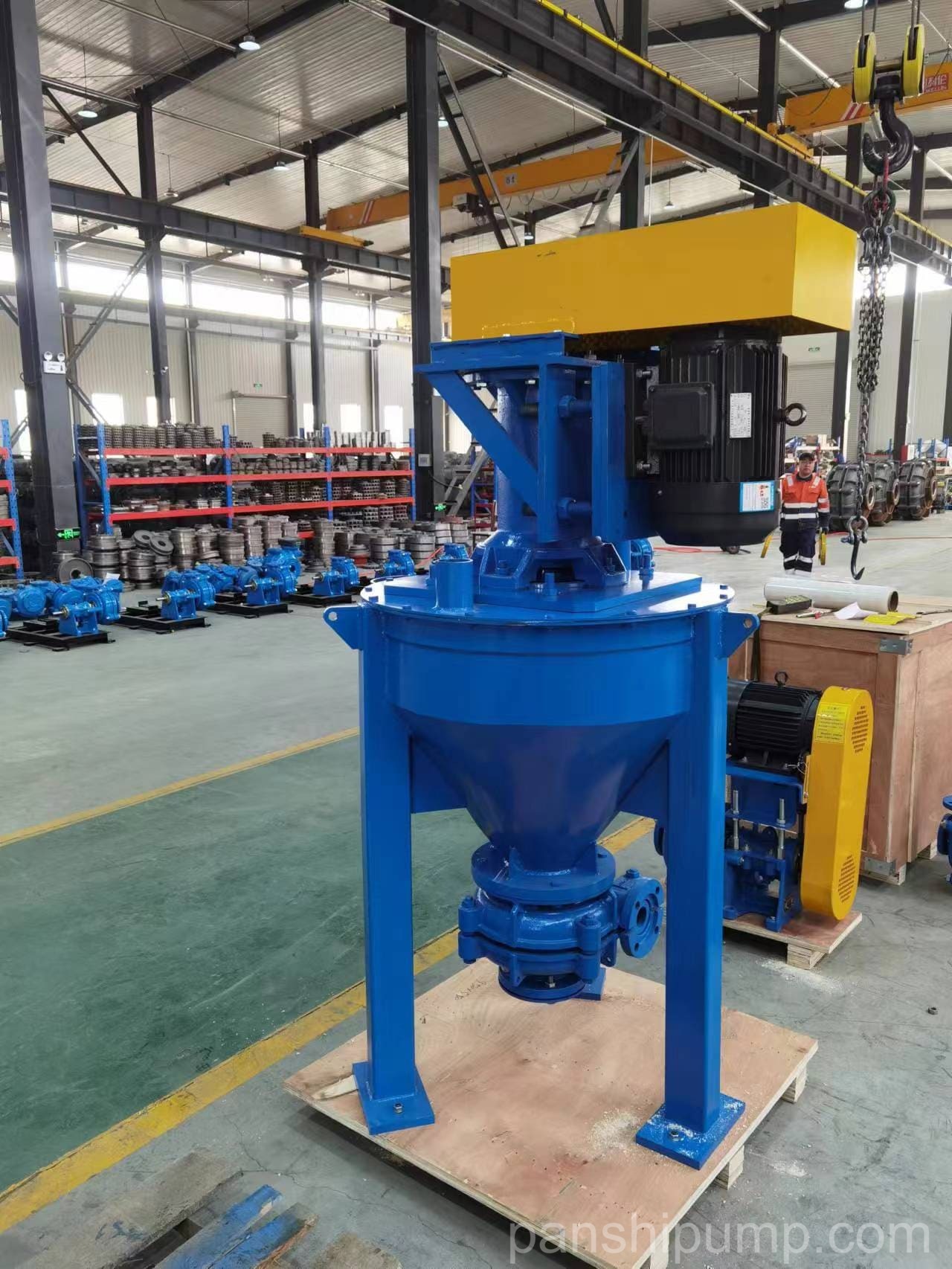
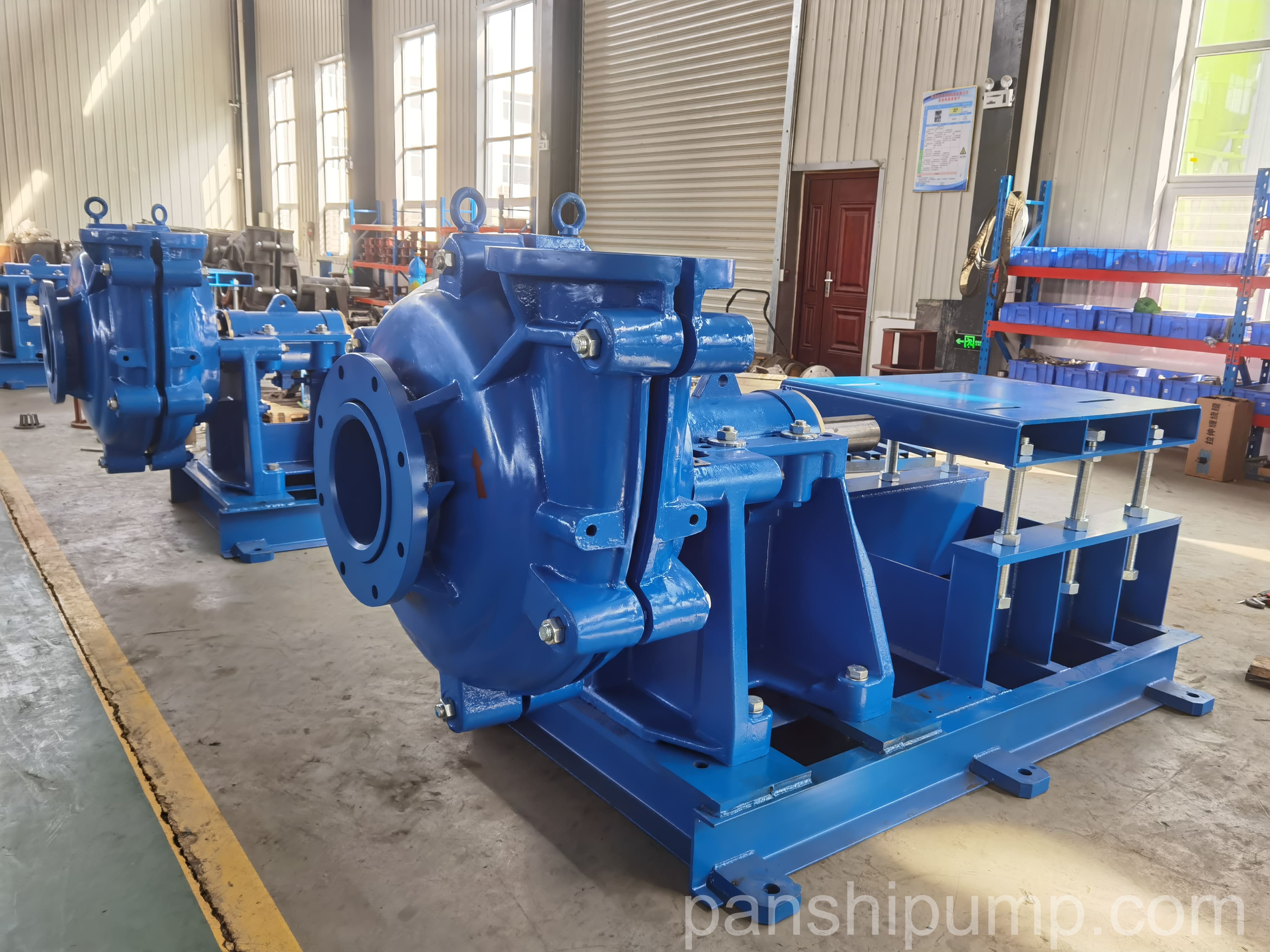
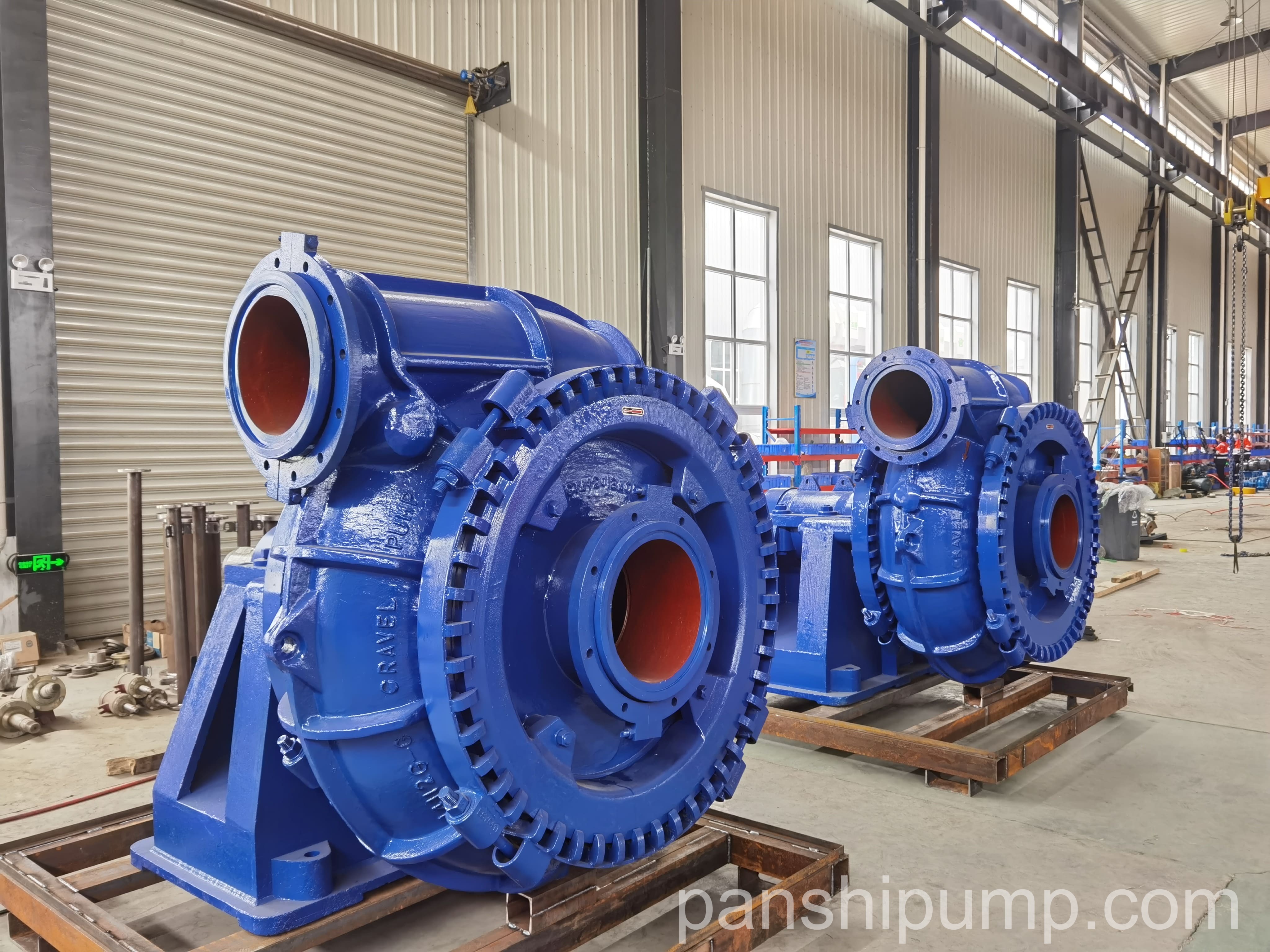
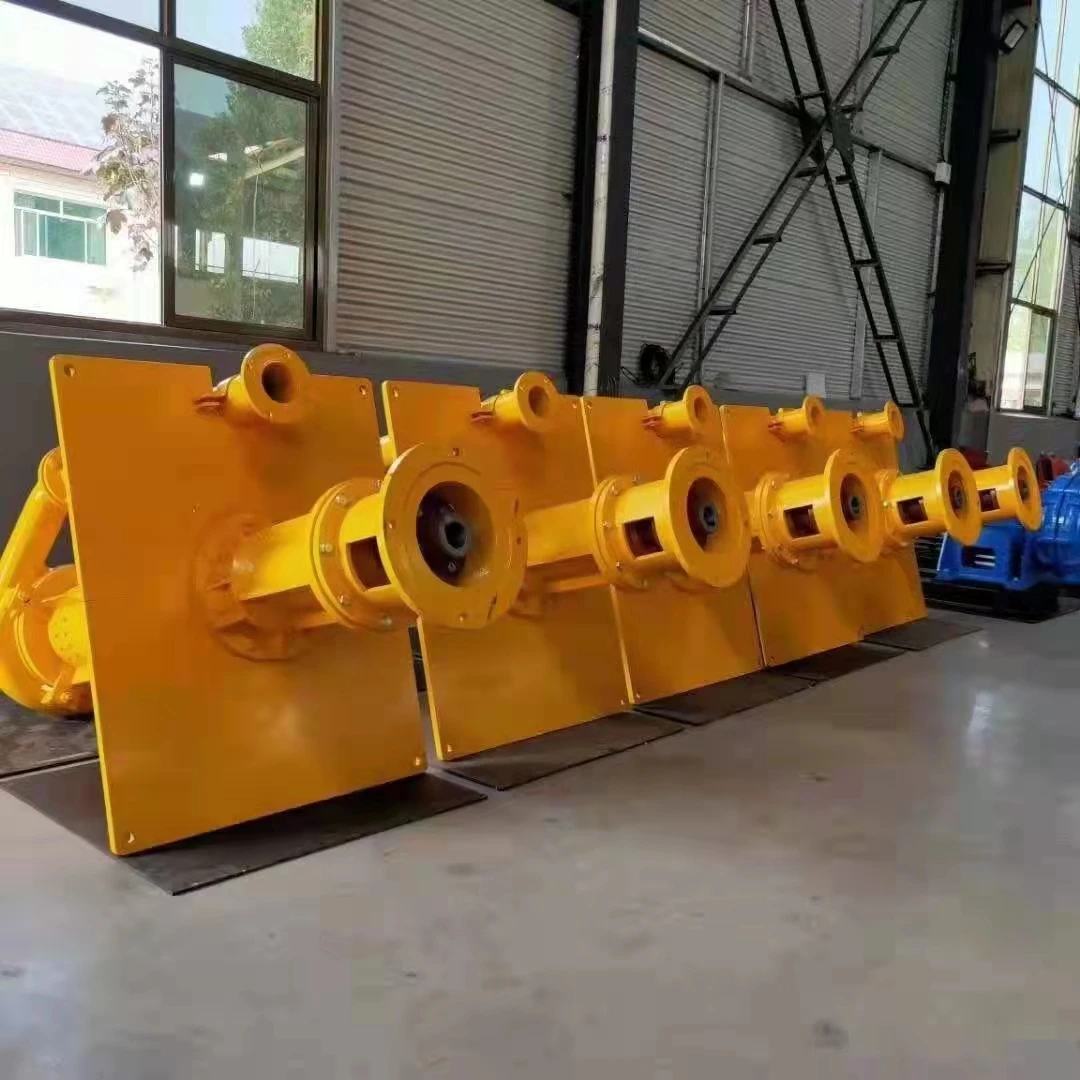
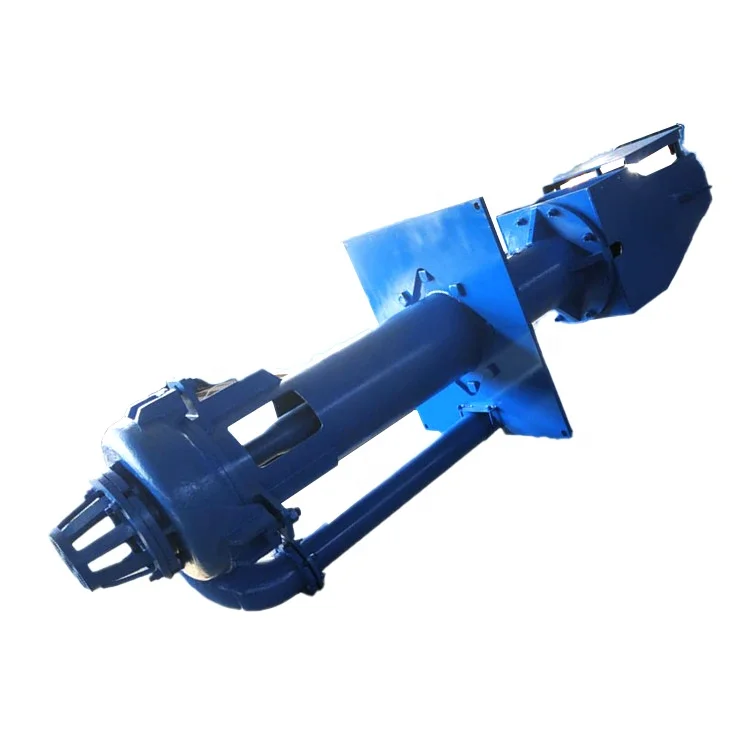
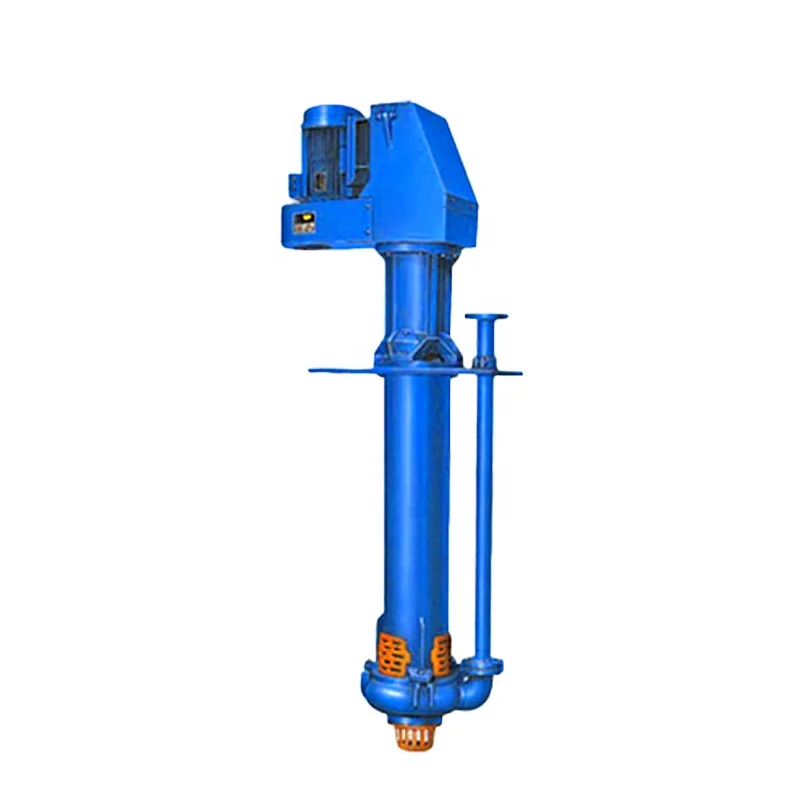
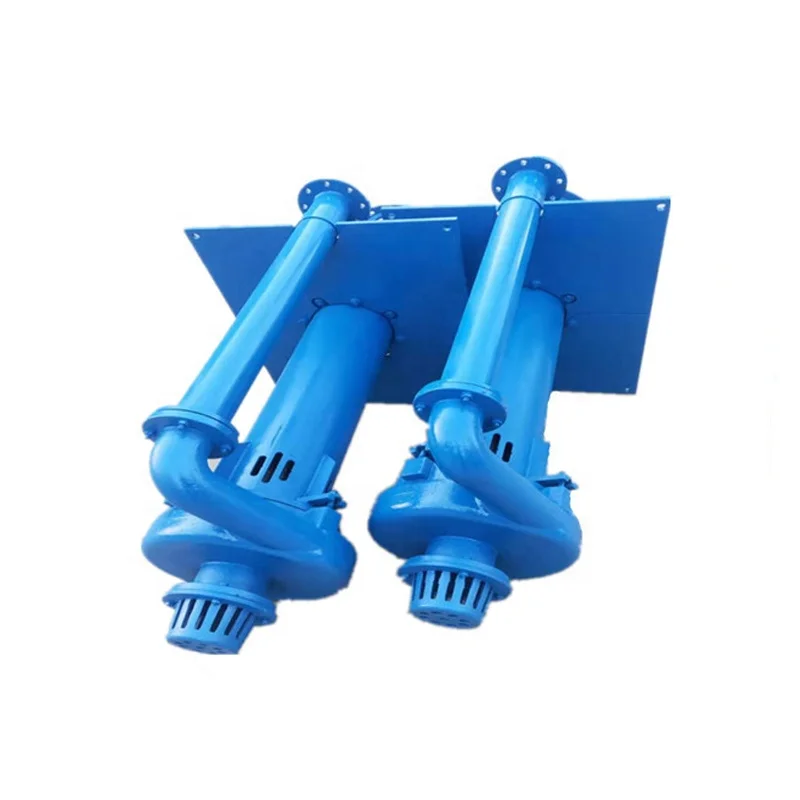
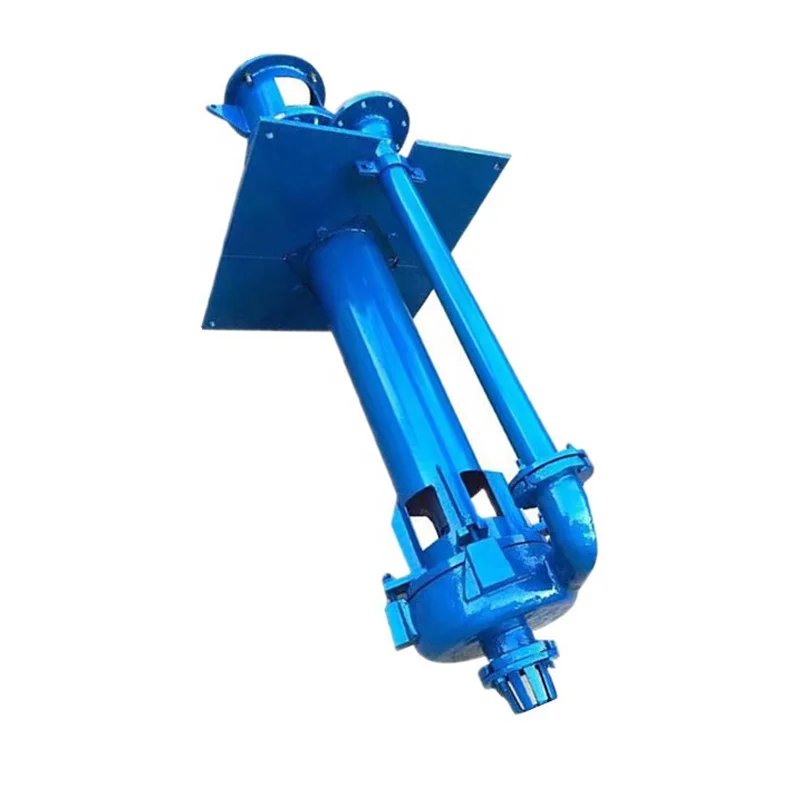
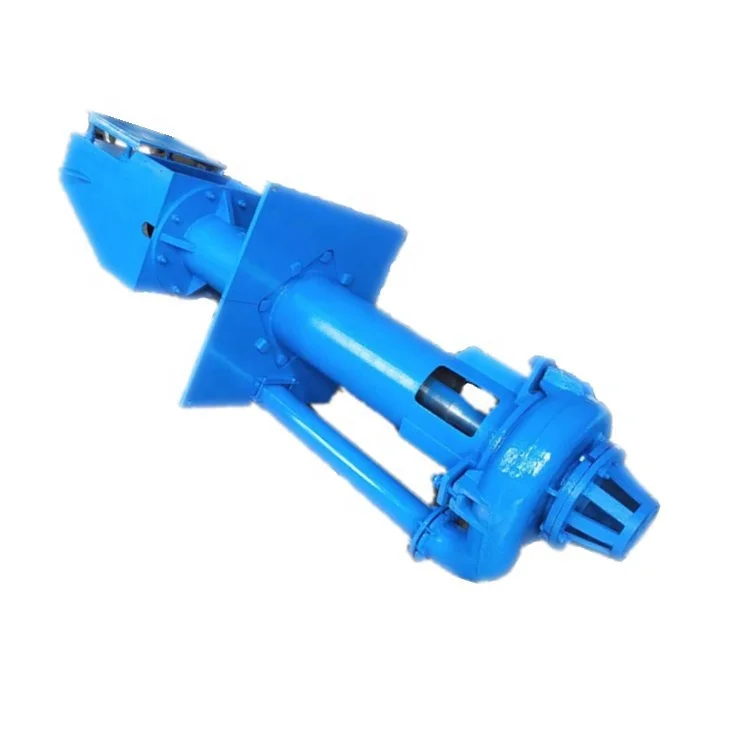
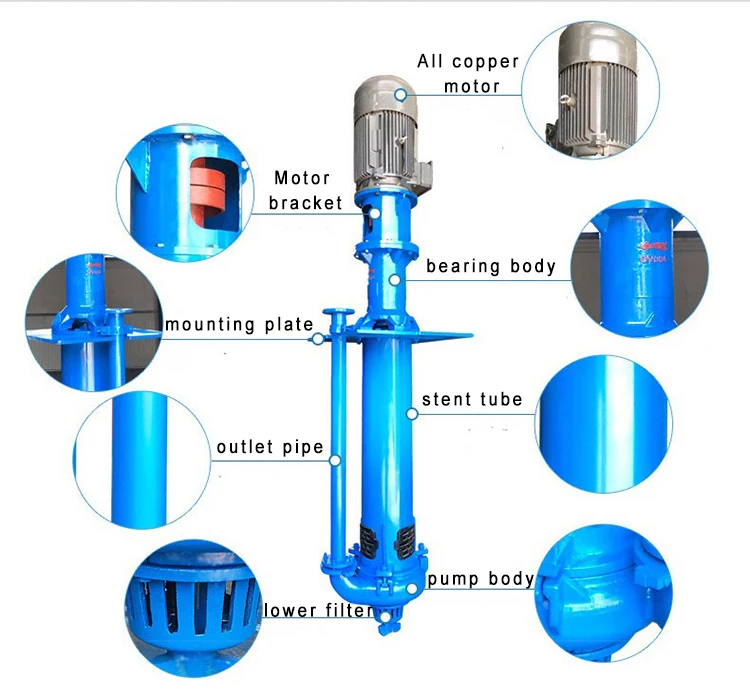
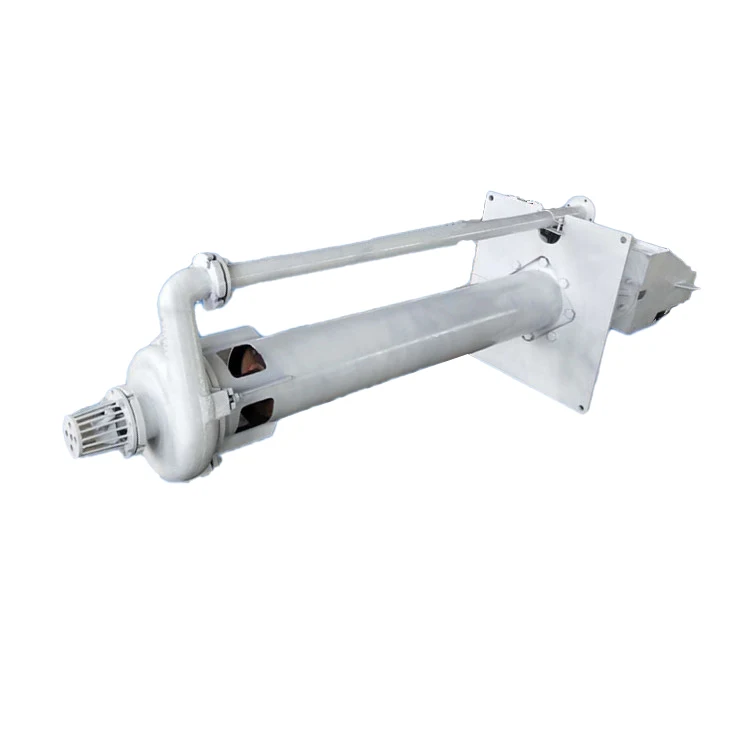
Please login to write a comment after